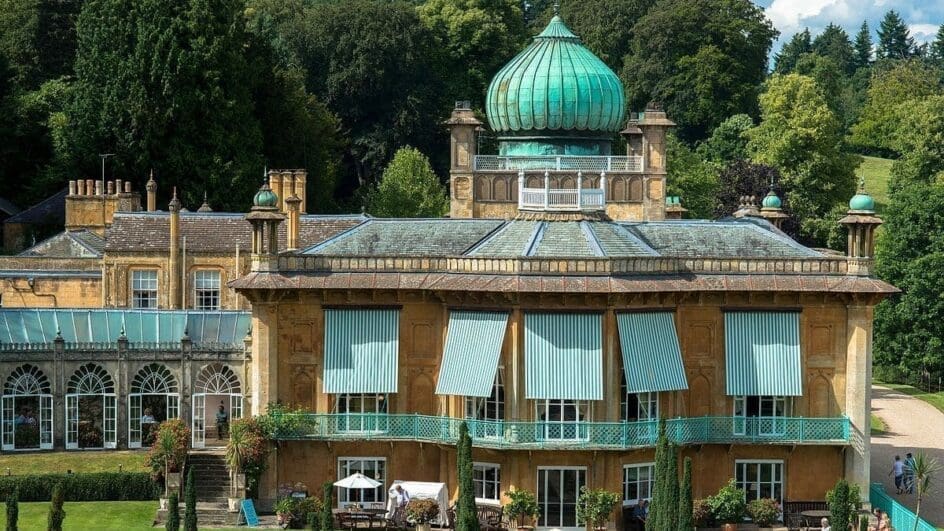
Taking place on the 22nd-23rd of June, the festival will feature talks by some of the UK’s most influential and award-winning garden designers and authors, as well as include opportunities to explore the magnificent historic gardens and house at Sezincote.
Held annually, the boutique festival is Britain’s only traveling Literary Festival, with previous hosts including Parham House (2023), Chatsworth House (2022), Helmingham Hall (2021), and Houghton Hall (2019). Each venue provides a space over two summer days for us to celebrate the best in garden writing and to share what inspires us in gardens.
More speakers to be announced, but confirmed to date:
- Catherine Horwood and Mary Ann Prior on Two Women in Search of India: Penelope Hobhouse and Constance Villiers-Stuart
- David Wheeler on Looking Back at Hortus
- Jinny Blom on ‘What Makes a Garden?’
- Larisa Brown, Defence Editor at the Times, on The Gardener of Lashkar Gah
- Luke Edward Hall and Duncan Campbell on Making Our Garden
- Polly Nicholson on Growing Old Tulips a New Way
- Rachel de Thame on Planting for Pollinators
- Rajat Jindal on Putting Down Roots
- Shane Connolly on Flowers in India
- Sir Roy Strong, CH on Personal Memories of Cecil Beaton’s Garden at Reddish House
- William Dalrymple and Edward Peake on Mughal Gardens
Sezincote was designed around 1814 by Thomas Daniell, the painter of Indian scenery, for the nabob Charles Cockerell, to surround his Mughal palace in Gloucestershire, which Daniell had helped to design in the Indian style. The garden was designed to resemble the romantic landscapes which surround the ruined temples and palaces in Daniell’s paintings: Sezincote is quite literally one of Daniell’s paintings of India, brought to life so that Cockerell and his guests could inhabit it.
In the 1950s and 60s, the garden was revived by Graham Stuart Thomas, who added the Mughal charbagh or Paradise Garden with its avenues of irish yews masquerading as cypresses, and the canals leading up to and reflecting the southern elevation of the house. Down the Thornery, beside pools and stream Lady Kleinwort and Graham Thomas created the serpentine-edged borders, planted with a mosaic of large groups of the perennial plants he favoured: Hosta, Astilbe, Rodgersia, Peltiphyllum peltatum. More recent additions are the wildflower meadow with a curving avenue of Persian quinces, and the calligraphic fragments of Sufi poetry displayed on the steps of the Paradise Garden.

